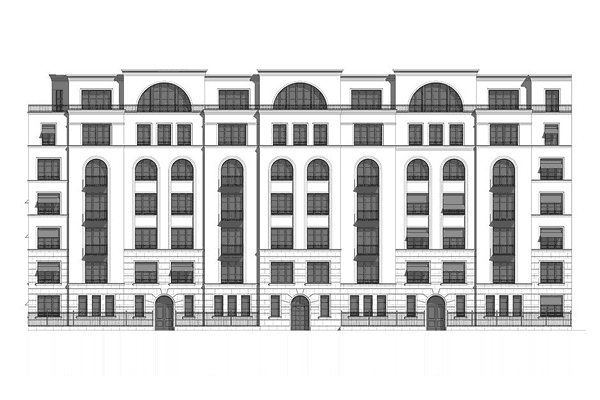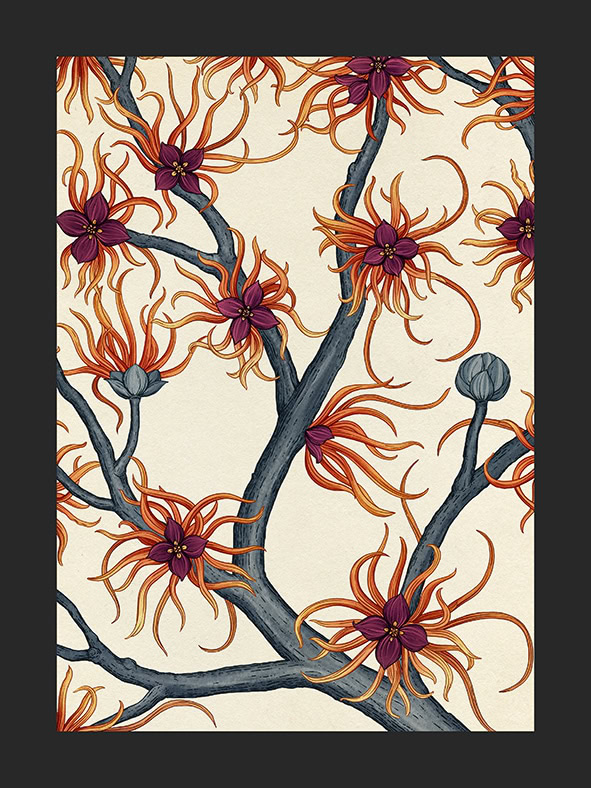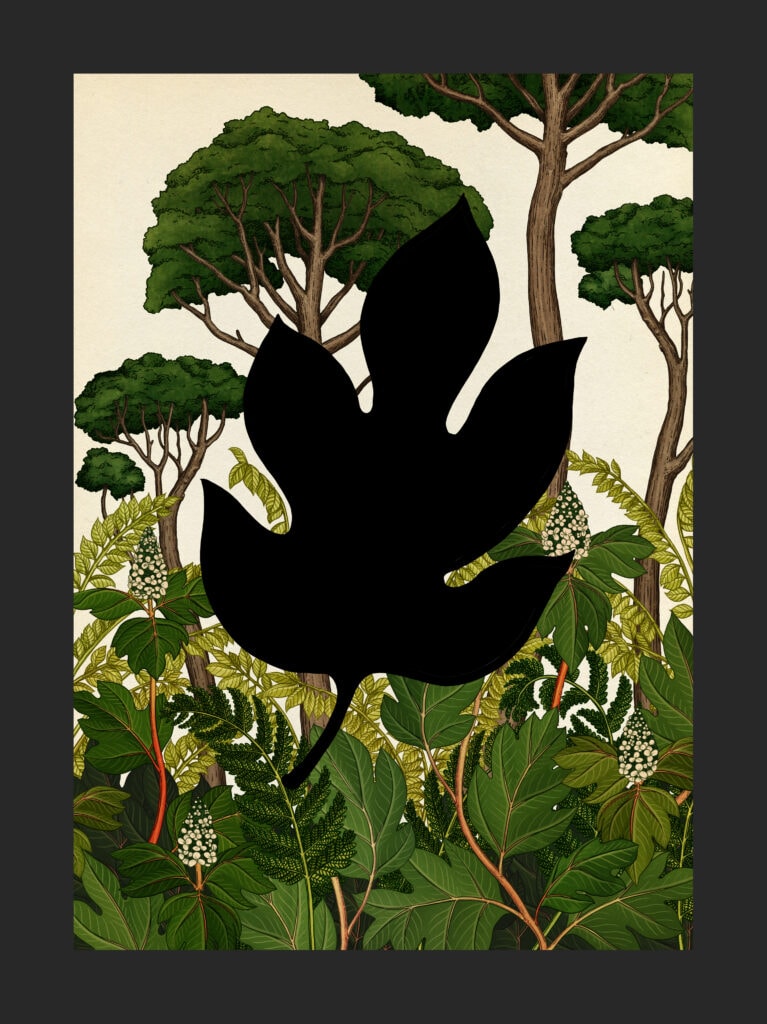Alexander von Humboldt is namesake of our project
"I will collect plants and fossils, be able to make as tronomical observations with excellent instruments (…) And on the joint effect of powers, the influence of inanimate creations on the animate flora and fauna, on this harmony my eyes shall be constantly trained!” promised Alexander von Humboldt (1769–1859) on the day of his departure to South America. It was June 5, 1799 and the beginning of a journey that would become legendary. Five years later, he was homeward bound with his sketchbooks, the anticipation to have a glimpse of them high. Their pages were filled with descriptions of exotic animals and plants, with foreign looking peoples from faraway lands. Books like a small 'Wunderkammer'. And an enlightenment of drawings on top of that. Always observing and forever noting, Humboldt assuredly recorded his impressions in more than 1,500 views and studies. How else might he have communicated all of his impressions from the exotic places on his voyage?

ALEXANDER – Berlin-Charlottenburg
Armed with a respectable dose of artistic talent, he documented the singular fauna and flora, the climate and the character of the landscapes. He climbed volcanoes, pondered jet streams and mineral resources, undertook elevation surveys and geographical positioning. While other explorers of his day would have been accompanied by their own illustrators, Humboldt was of the opinion that a naturalist deserving of the name should be able to draw himself. Everything that he often only hastily sketched in his journals and note books he finished meticulously himself upon return to Paris or Berlin or had opulently executed by illustrators, engravers and painters.
The result was a cosmos of finely coloured views, a cosmos unto itself, that whisked the observer intoma universe full of unimagined cultures and customs, a foreign place that seemed capable of nothing short of magic.
Alexander von Humboldt, the naturalist, the adventurer, the traveller – but also a man with a sense of home. No matter how intensely he was pulled abroad, his roots in berlin were too strong for the cosmopolitan citizen ever to turn his back fully on his Prussia home. Berlin always remained his anchor.
And together with his brother Wilhelm (1767–1835), he strove to transform the then provincial city in monarchical Prussia into an enlightened place of education. The name Humboldt stands for a particular understanding of science and learning, one that searches for the detail without losing sight of the whole. The idea of creating a total work of art, motivated the charismatic scholar. His tireless attempts to bring everything together and to constantly think further were visionary – and, today, once again highly modern. There are books we can hardly wait to open, but there are also works of architecture we can read like just such a book. What defines such structures? They reduce us with an architecture that seems both exciting and eternal. Architecture in which every detail gives a sense of something special, something singular, and manifests an eclectic aesthetic. Architecture like a faraway journey that is nonetheless soundly rooted in the traditionally beautiful and is, thus, a home.
And so there is no better namesake for one of our most extraordinary projects than the legendary explorer himself: ALEXANDER. Like skimming our fingers across a spinning globe, a panoply of influences, styles, epochs, materials and colours reveal themselves in the ALEXANDER, coming together to create a fascinating sense of timelessness and permanence – entirely in the spirit of Humboldt. “to trace the stable amid the vacillating, everrecurring alternation of physical metamorphoses, will not be wholly disregarded even at a future age,” the worldly explorer once wrote, and his thoughts are more applicable today than ever.

Illustration: Katie Scott

Illustration: Katie Scott

Illustration: Katie Scott